An Overview of VR
Tutorial
·
foundational
·
+0XP
·
20 mins
·
(234)
Unity Technologies
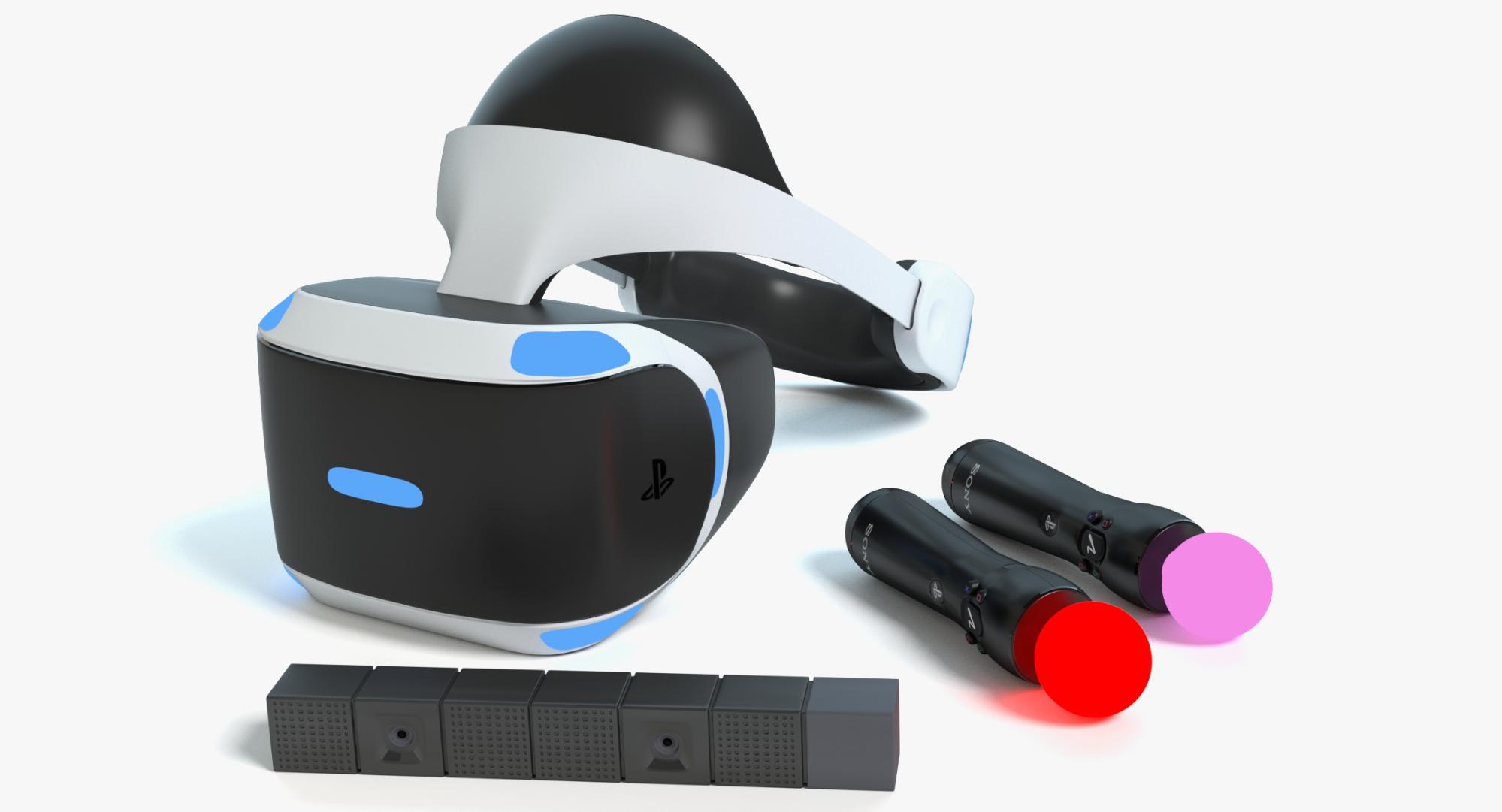
Virtual reality began to really take hold after 2010, when the technology required to make consumer-friendly devices became affordable. The adoption of VR technology has been slow but steady. Because it’s been less than a decade since the industry really took off, it’s fairly easy to trace key points in history leading to the release of the headsets themselves.
Languages available:
1. The History
Despite popular belief, virtual reality is by no means a modern invention. The concept has been around for decades, with the first head-mounted display created in the late 1960s. The major difference between early VR and today’s is accessibility. Between the 1950s and the early 1980s, VR devices were expensive and difficult to produce, available as one-offs or in limited runs. These were usually large machines that needed to be set up and mounted and bore little similarity to the devices we know today. The machines’ high cost and large size were major reasons why VR repeatedly failed to take off. But as VR technology evolved, these problems diminished.
Public interest in virtual reality spiked in the late ’80s and ’90s as several companies tried to manufacture devices for a larger audience. These attempts ultimately failed; some never made it to the market and those that did were poorly received — but they arguably played an important role in raising VR’s profile.
Virtual reality began to really take hold after 2010, when the technology required to make consumer-friendly devices became affordable. The adoption of VR technology has been slow but steady. Because it’s been less than a decade since the industry really took off, it’s fairly easy to trace key points in history leading to the release of the headsets themselves.
2. Modern VR Devices 1.0
Oculus Rift
A major contributor to the rise of VR was a consumer-level prototype headset developed by entrepreneur Palmer Luckey in 2010, which became the first iteration of Oculus Rift. In 2012, Luckey began a Kickstarter campaign to fund a DIY version of the headset, which attracted global attention and sparked the interest of developers and technology buffs. The campaign raised US$2.4 million and prompted other major companies to take notice of the potential for VR in the consumer space. In 2014, Oculus was purchased by Facebook for $2 billion. The first consumer version of the Rift was released in 2016 (Figure 01).
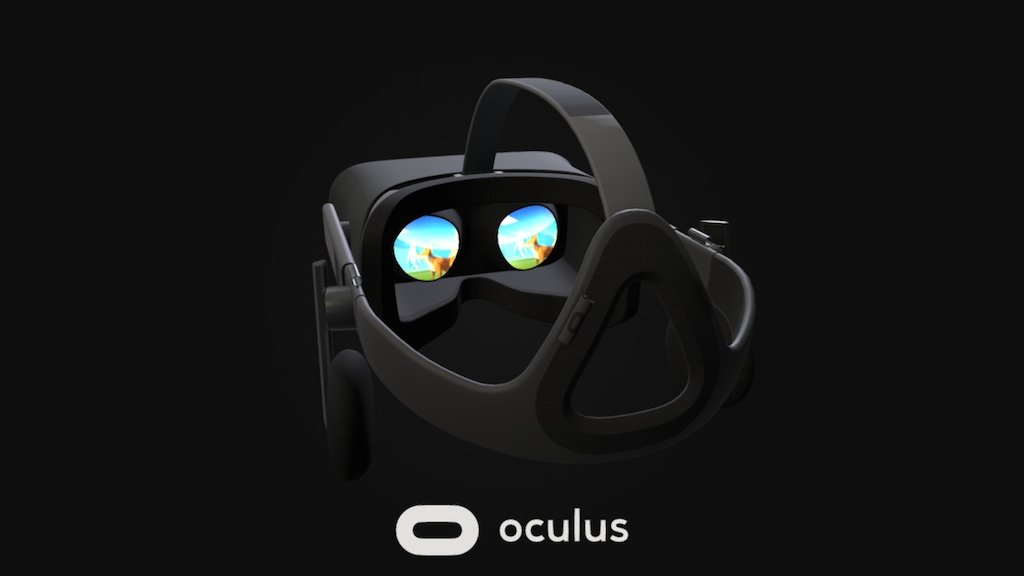
HTC Vive
Developed through apartnership between Valve and HTC, the Vive is a room-scale VR device first released in 2015. Valve had researched VR for several years and shared many findings for visual improvements with Oculus in 2013 (Figure 02).
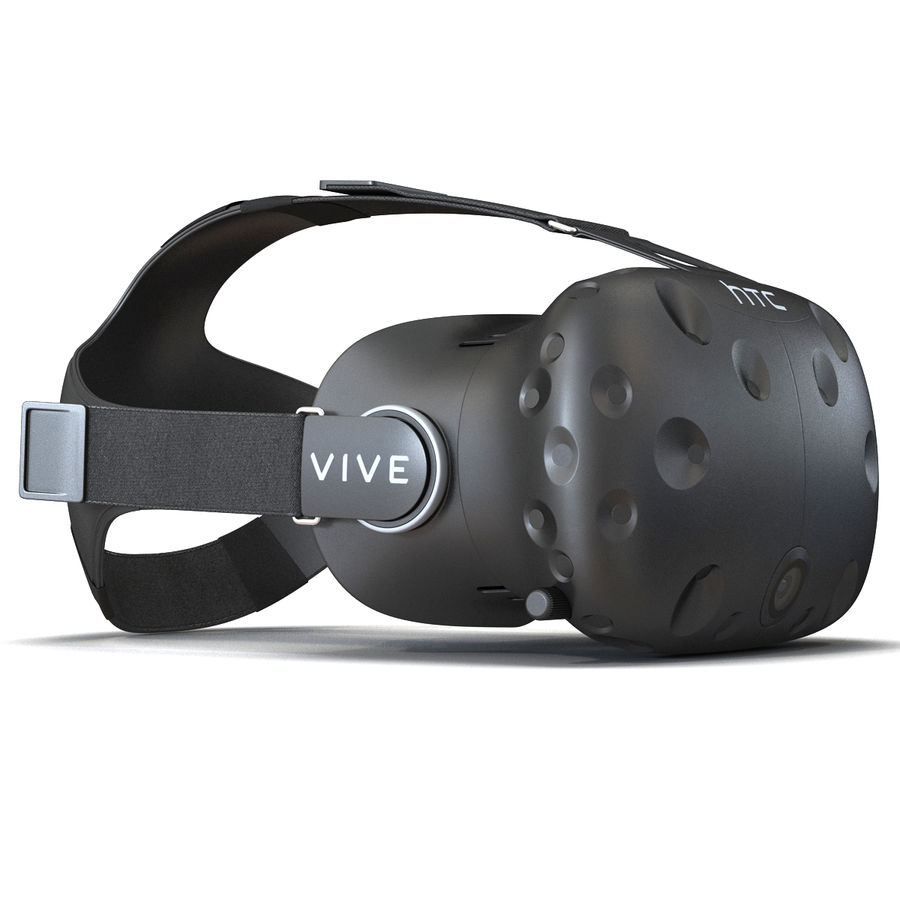
PSVR
First announced in 2014 and released in 2016, Playstation VR (PSVR) was the first entry into the VR space by a major platform. The PSVR was designed as a peripheral for the Playstation 4 to work with certain PS4 games. Despite speculation, neither Microsoft nor Nintendo have released competing VR devices for their own consoles (Figure 03).
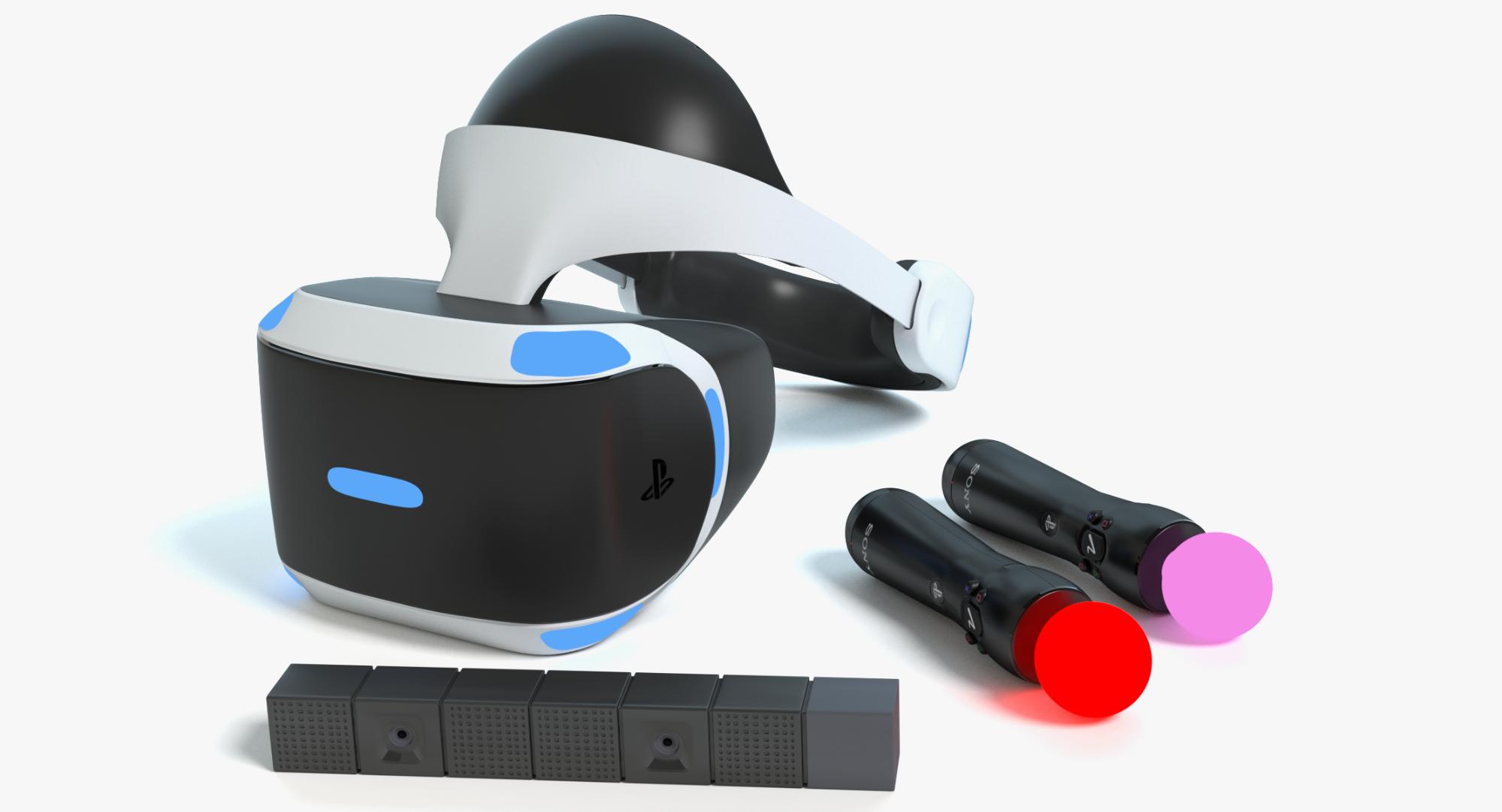
Gear VR
Developed by Samsung in partnership with Oculus and first announced in late 2014, Gear VR was one of the first major headsets developed for high-end mobile VR. Unlike its predecessors, Gear VR was powered by the user’s Samsung phone, with the headset housing the phone. This limited the VR experience to the capabilities of the mobile device; however, it was significantly more affordable at launch ($99 versus the original Rift price tag of $599) and used a device that the user already owned (Figure 04).
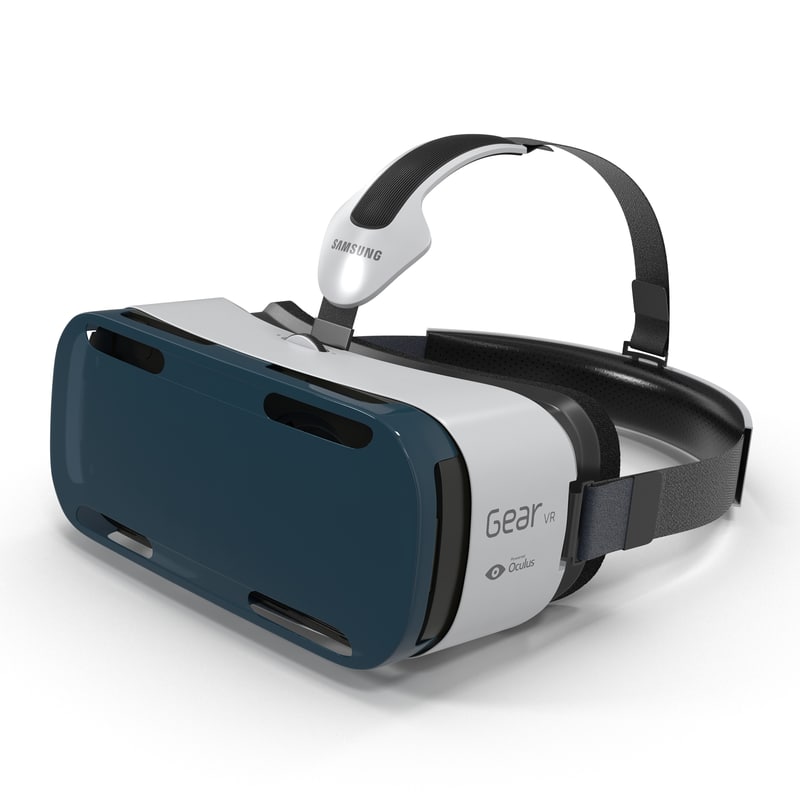
Google Daydream
One of the latest additions to the VR space is Google Daydream, released in late 2016. Like Gear VR, Daydream relies on the user’s phone to run the experience, though it’s compatible with some other devices. It’s often described as one of the more comfortable mobile VR headsets.
Google actually entered the VR space several years earlier, in 2014, with the introduction of Google Cardboard. Much like the early version of the Oculus Rift, Cardboard was a DIY VR kit, using readily available materials and phones to run the experience (Figure 05).
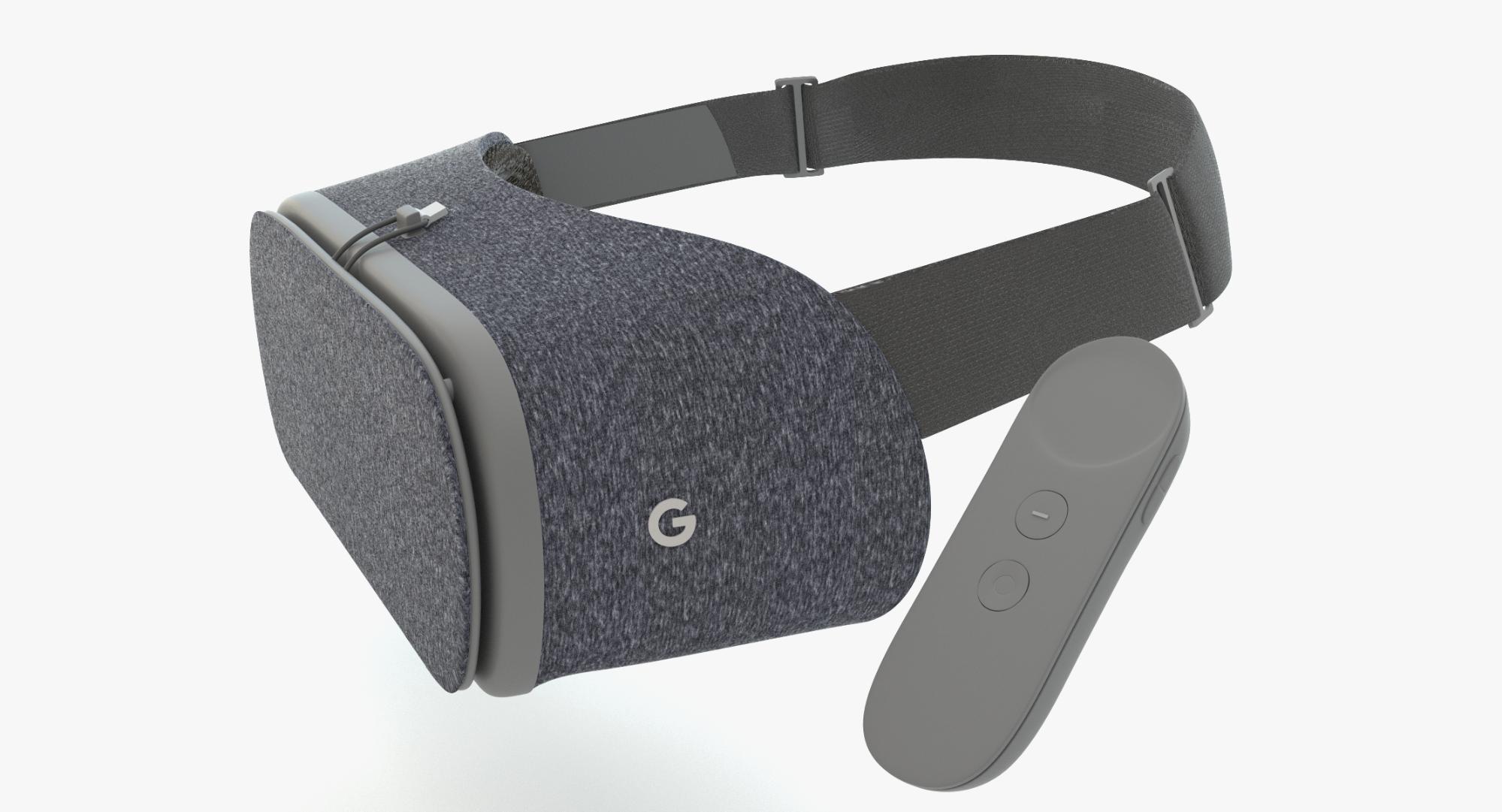
3. Modern VR Devices 2.0
As modern VR devices have evolved with increasing popularity, a division in high-performance devices has emerged. Newer devices are either PC-dependent (or tethered) or PC-independent (or untethered / standalone). While they still exist, mobile-based VR experiences have decreased in recent years in favor of untethered devices, especially as the price of untethered devices comes down and their quality improves.
Oculus Quest 2
The Oculus Quest was released in 2018 as a tetherless VR device and was very well received. Released in 2020 as the successor to the original Quest, the Oculus Quest 2 is designed more like a dedicated VR console. It features a custom nearly 4K LCD screen and improved processing capabilities with the ability to cast the user’s view to smart TVs, Google Chromecast devices and PCs. Taking a play from mobile device sales, the Oculus Quest 2 released at two price points: 64GB for $299 and 256GB for $399 (Figure 06).
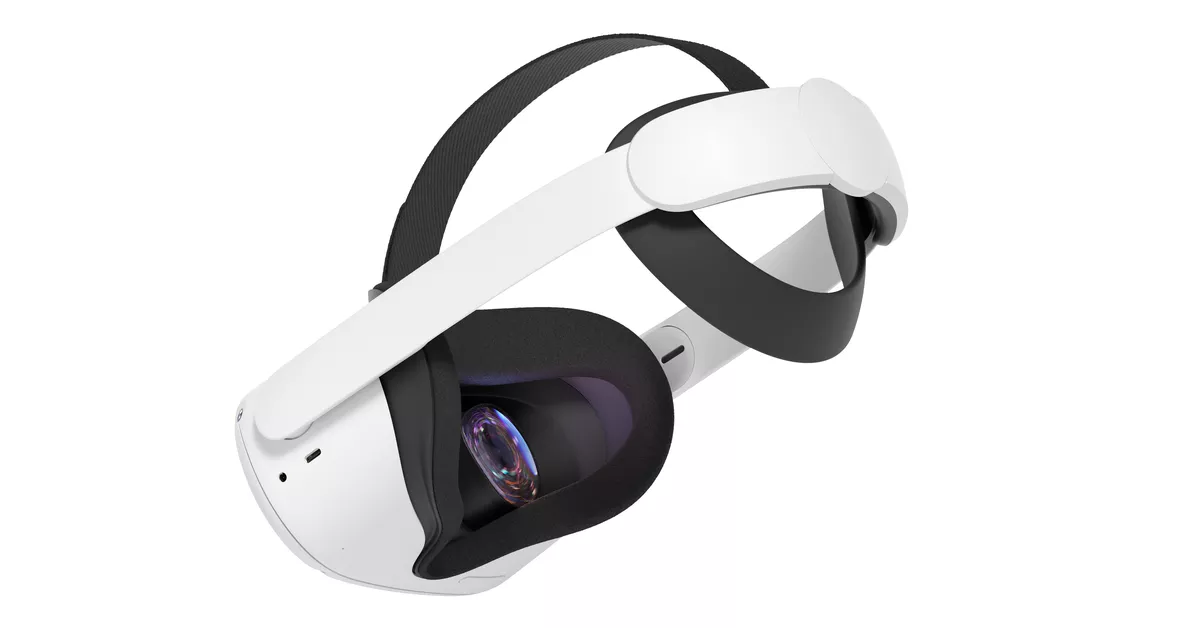
Oculus Rift S
Introduced in 2019 to replace the Oculus Rift, the Rift S features improved performance and a lower initial purchase price ($399 vs. $599). Being a tethered device that debuted at roughly the same time and same price point as the untethered Oculus Quest, adoption was not as rapid as its untethered counterpart. Improvements over its predecessor include a sharper screen (due to an increased-resolution LCD screen) and faster refresh rate, lighter controllers, and easier setup procedures (Figure 07).
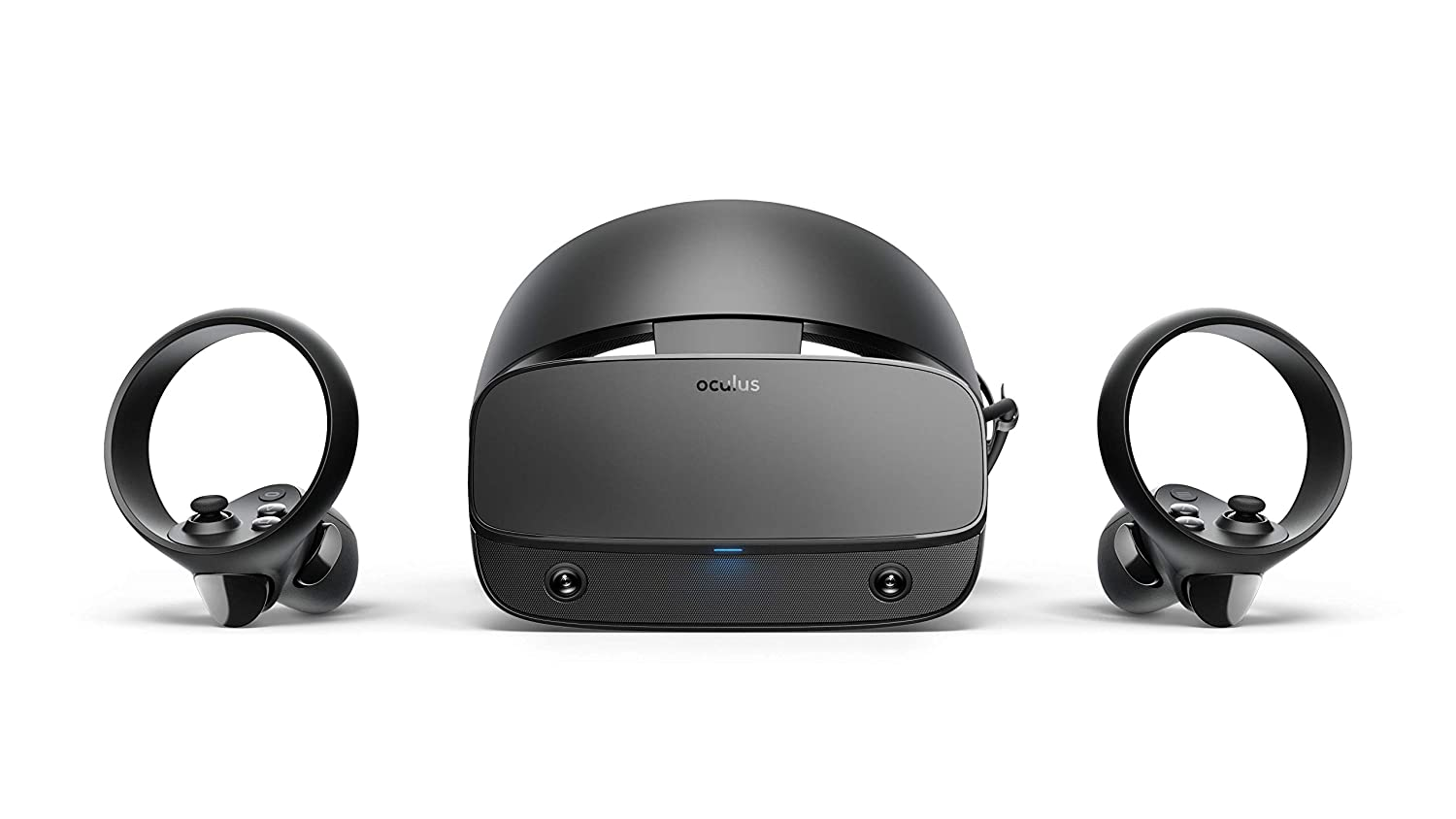
HTC Vive Pro
The Vive Pro is the successor to the original Vive with improvements to display and tracking capabilities. Much of the form factor of the HTC Vive Pro is the same as the HTC Vive. Released in 2018, the headset alone cost $799 with upgrades available as a bundled package for $1,099 (Figure 08).

HTC Vive Cosmos and HTC Vive Cosmos Elite
The HTC Vive Cosmos was released in 2019 as a tethered device with inside-out tracking. While offering improvements to the display over the original HTC Vive, the device had issues with tracking in high- and low-light settings. The HTC Vive Cosmos Elite combines the external tracking of the original HTC Vive with the inside-out tracking of the Vive Cosmos via an additional faceplate. It was released in 2020 for $899. (Figure 09).

Valve Index
Valve released the Index in 2019. The controllers, which provide full tracking of the user’s fingers and grip, are the defining feature. While seemingly simple, the addition of finger tracking provides unique gameplay and increased immersion. The complete kit of (headset, controllers, and base stations) was priced at $999 (Figure 10).
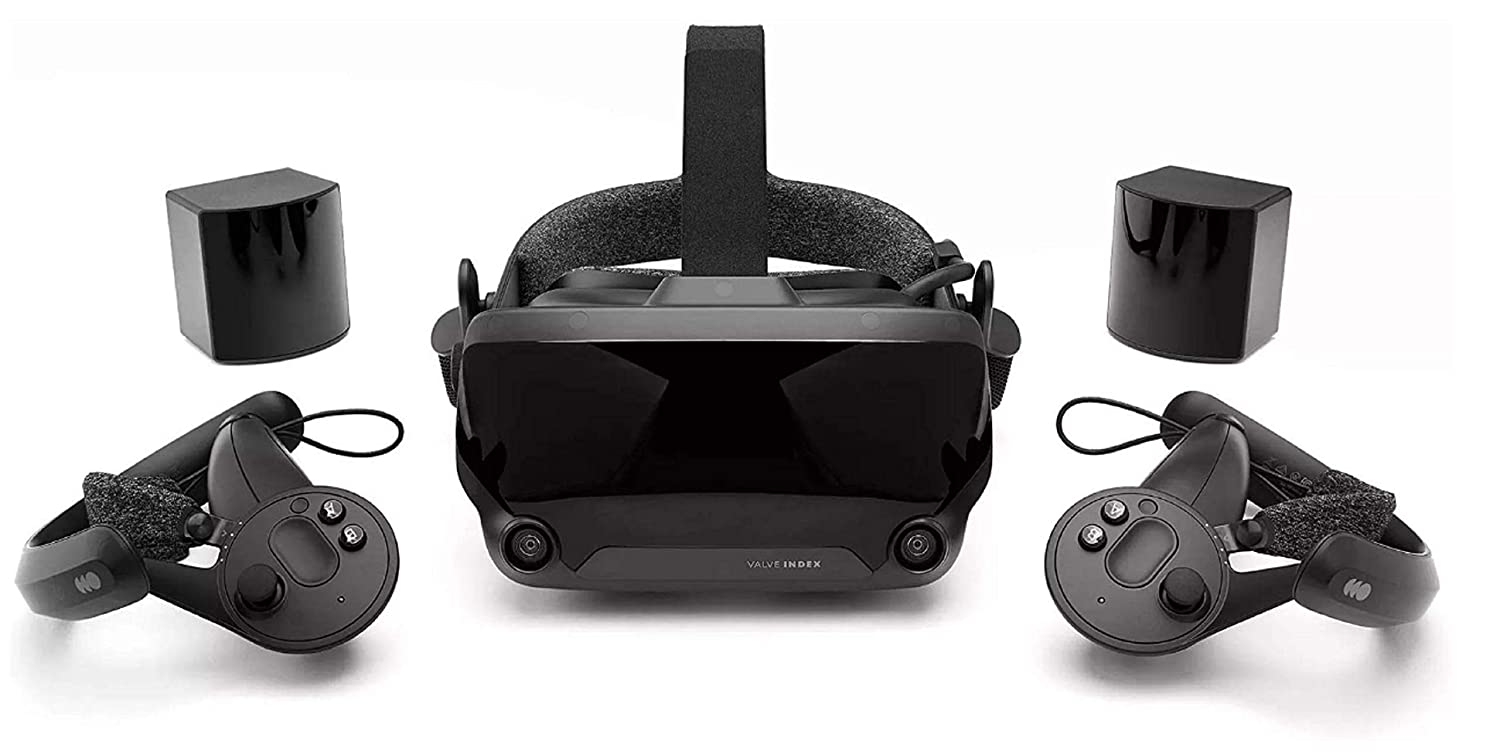
4. Considerations for Developing in VR Versus Other Platforms
There are four major categories of VR devices:
- Computer-based
- The headset and controllers are peripherals that require a high-end computer to run. These can be used for sitting/standing experiences or for room-scale. Devices include Oculus Rift and HTC Vive.
- The headset and controllers are peripherals that require a high-end computer to run. These can be used for sitting/standing experiences or for room-scale. Devices include Oculus Rift and HTC Vive.
- Console based
- Designed to work with a game console. Currently, the only existing headset in this category is the PSVR by Sony.
- Designed to work with a game console. Currently, the only existing headset in this category is the PSVR by Sony.
- Mobile-based
- Relies on a mobile device to run the VR experience. This is often regarded as the most accessible way to try VR, as most people own a smartphone that is capable of working as a VR device. There are numerous mobile VR devices available on the market; two of the most notable are Gear VR and Google Daydream.
- Relies on a mobile device to run the VR experience. This is often regarded as the most accessible way to try VR, as most people own a smartphone that is capable of working as a VR device. There are numerous mobile VR devices available on the market; two of the most notable are Gear VR and Google Daydream.
- Standalone
- Standalone VR devices are headsets that are fully self-contained and don’t require a computer or cellphone to power the experience. As of this writing, the most notable are Oculus Quest and Oculus Go.
5. Scale of VR Experiences
Because the user in VR platforms is “in” the game environment you’re creating, some extra considerations must be made that might otherwise be overlooked.
In traditional 3D applications, it’s not uncommon to find some objects being modeled out of proportion with their real-world counterparts. Generally speaking, as long as everything is in relative proportion on the screen, inaccurate sizes are acceptable. This is definitely not the case for VR, as users will immediately be able to tell whether or not something isn’t to scale. Even if done stylistically, this can be a poor design choice, as the dissonance between the user’s expectations and what they’re seeing can make them feel uncomfortable. As such, it’s extremely important to always create VR environments based on real-world scale, taking care to make sure that everything is as proportionally accurate as possible.
6. For further learning
To take the next step and dive in to developing your own VR applications, check out the Create with VR course.